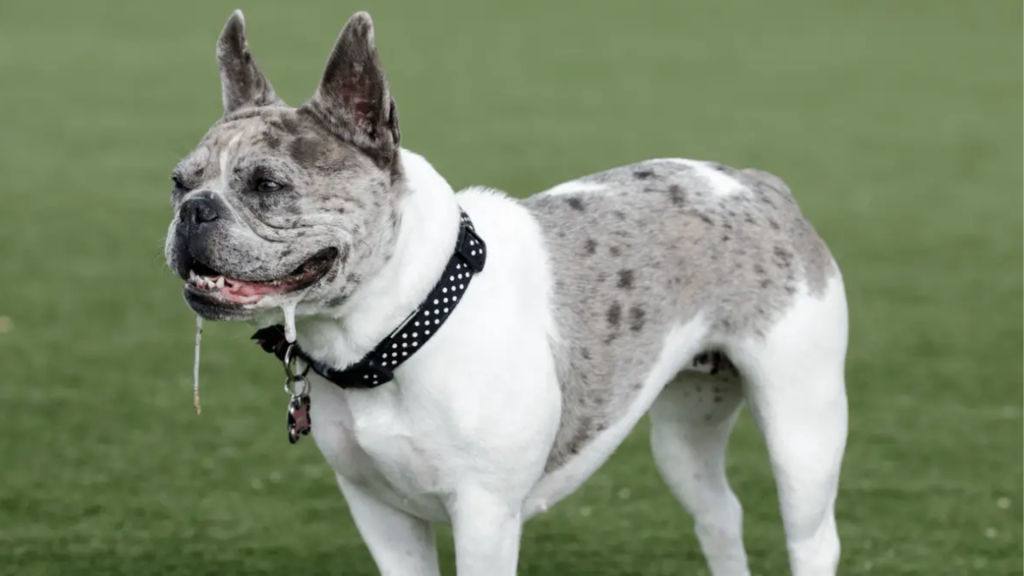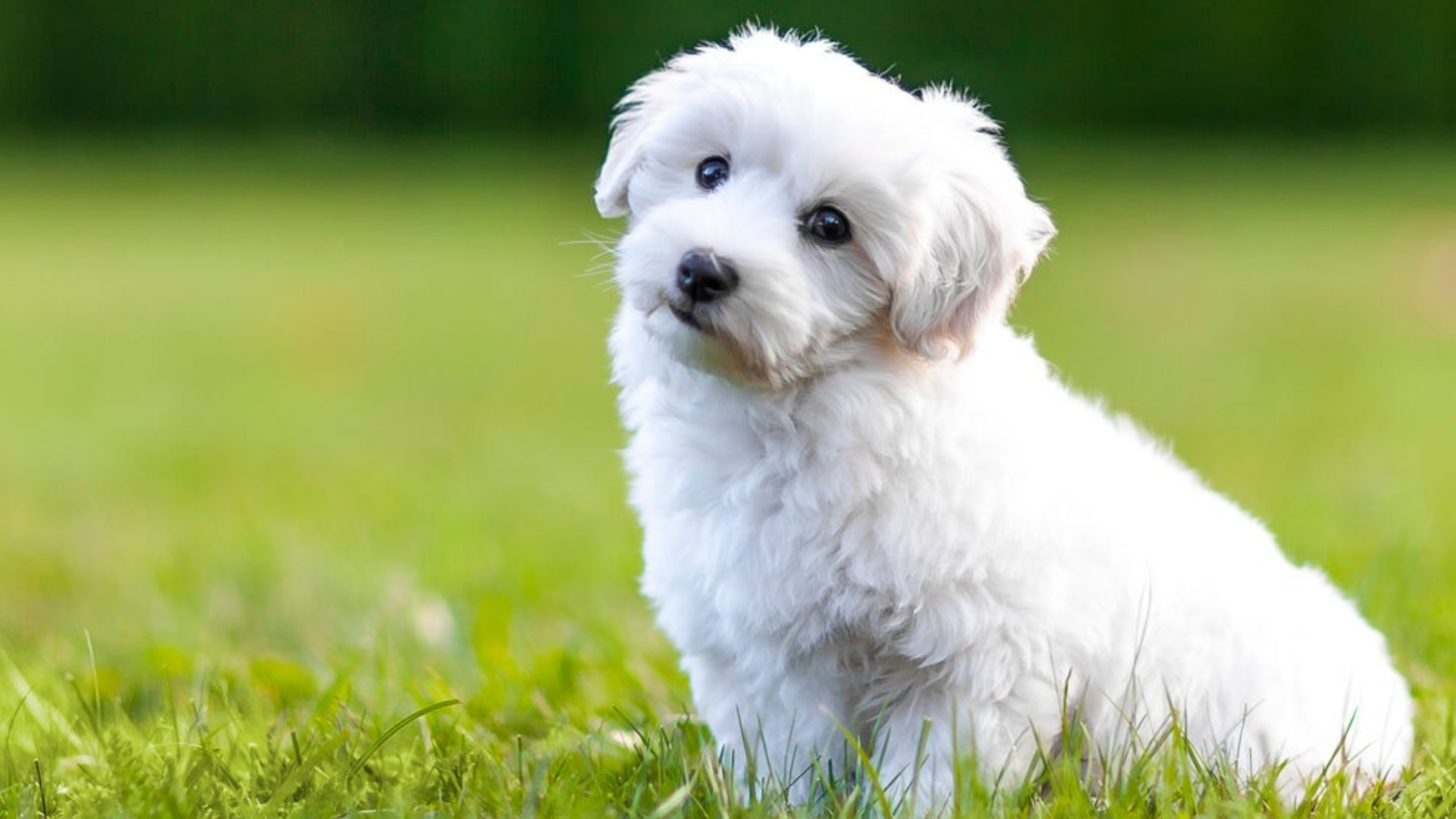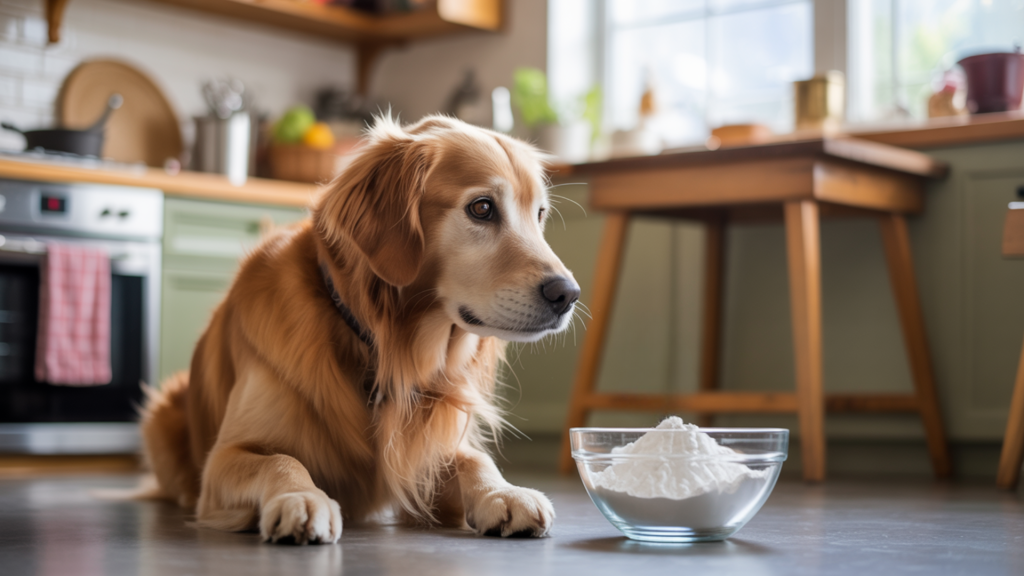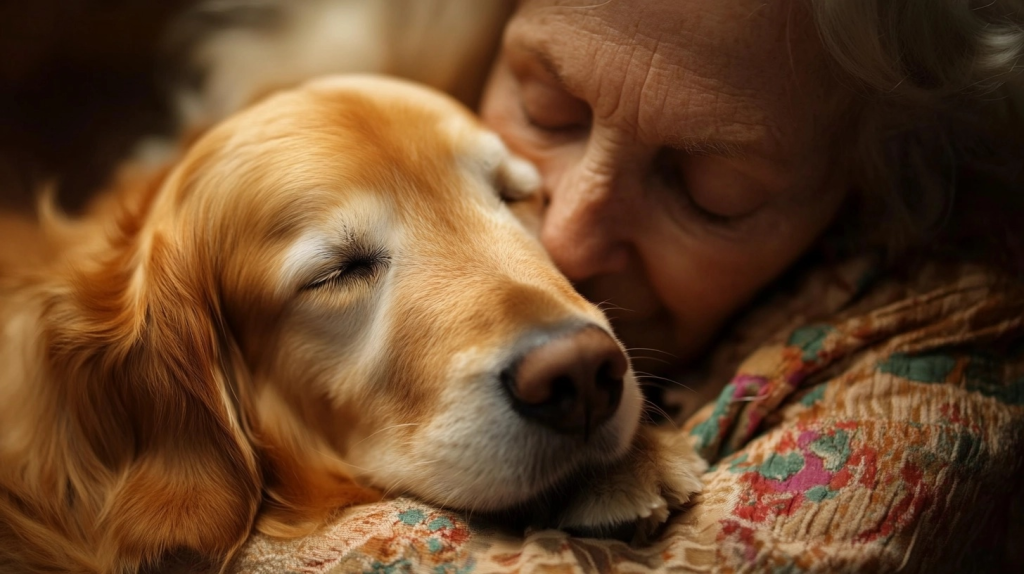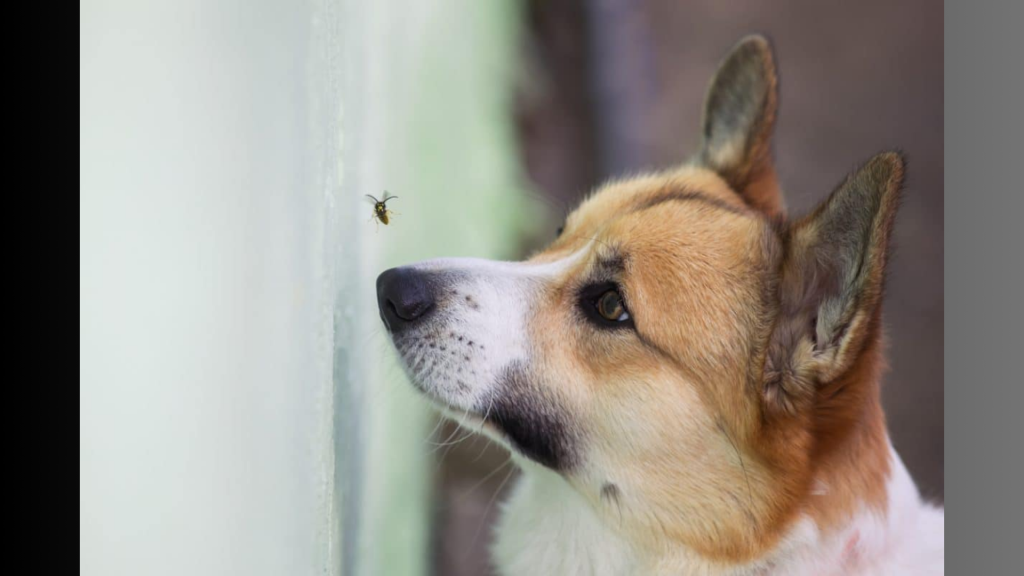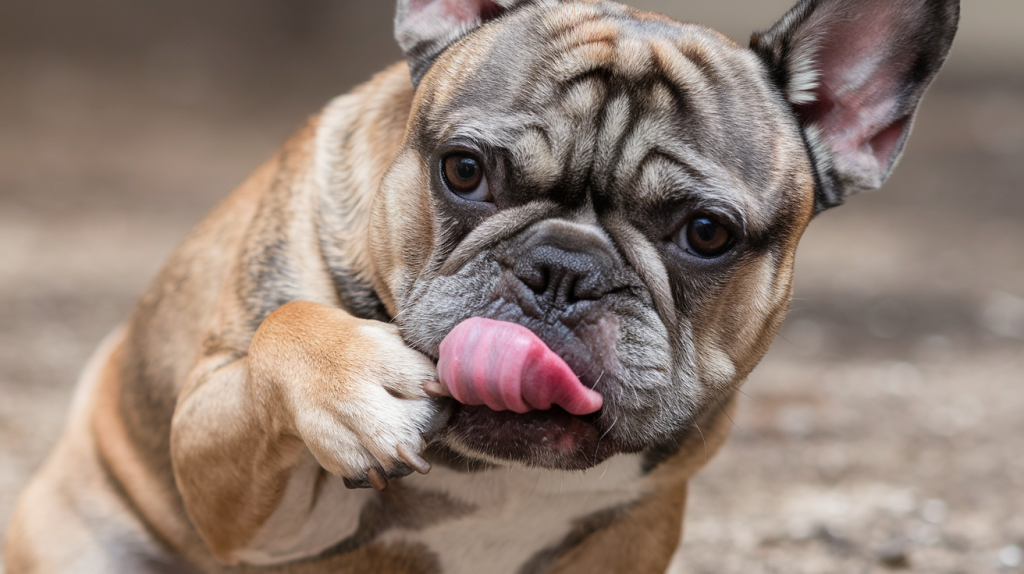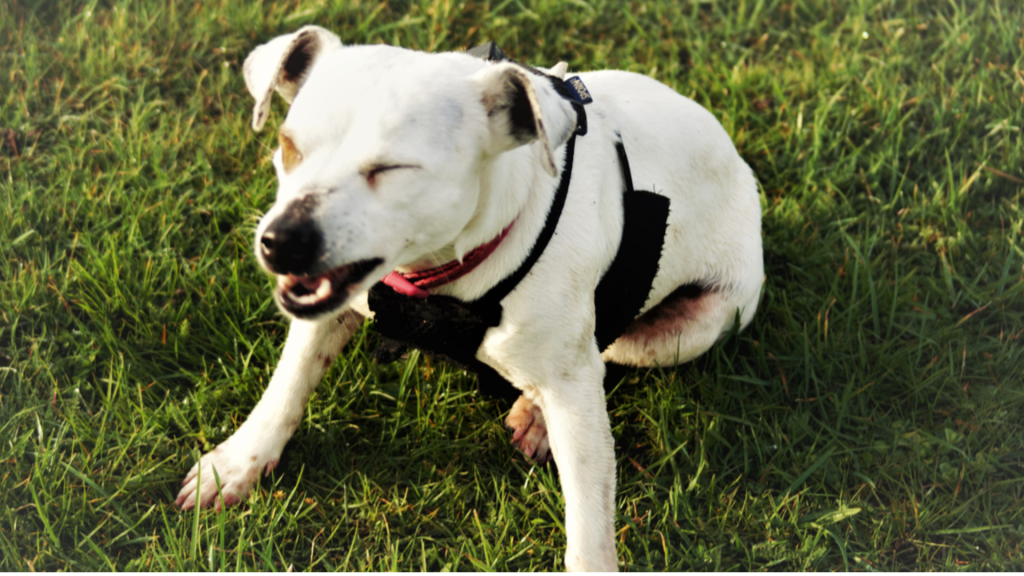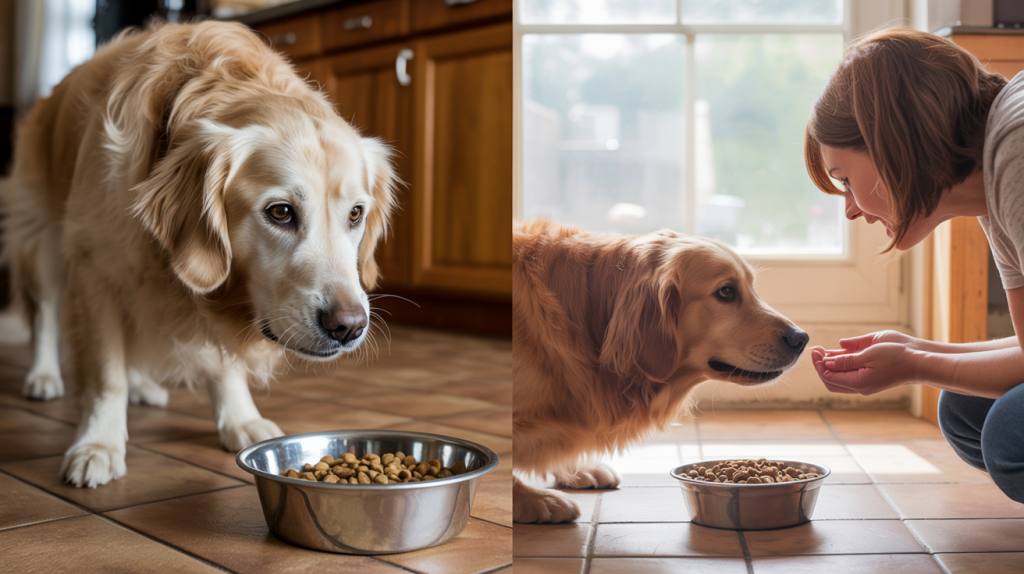Dog owners know that seeing their pet foam at the mouth can be scary. It happens suddenly and leaves you wondering if something is seriously wrong with your furry friend. But here’s the thing, mouth foaming in dogs isn’t always a medical emergency.
I promise to explain the real reasons behind why do dogs foam at the mouth. You’ll learn when to worry and when it’s just normal dog behavior. Plus, I’ll share what steps to take if you notice this happening.
In this blog, I’ll cover the main causes of mouth foaming. We’ll look at simple triggers like excitement or car rides.
Then I’ll explain the serious medical conditions that need immediate attention. By the end, you’ll know exactly how to respond when your dog starts foaming at the mouth.
Types of Foaming and Their Meaning
When a dog starts foaming at the mouth, it can look scary, but not all cases mean something serious. Sometimes it’s as harmless as excitement or stress, while other times it might signal poisoning or a health emergency.
The following are the types of foaming and what they typically mean.
| Type of Foaming | Appearance | Possible Cause | Concern Level |
|---|---|---|---|
| Thick White Foam | Bubbly, saliva-like froth | Seizures, poisoning, nausea | High – Seek immediate vet attention |
| Drool with Bubbles | Saliva with some foaming near the lips | Excitement, anxiety, and motion sickness | Low – Often temporary and harmless |
| Bloody Foam | Red-tinged froth | Oral injury, severe internal issue, poisoning | Very High – Emergency |
| Foam with Vomit | Foam mixed with food or bile | Gastric upset, pancreatitis, and ingesting toxic substances | Moderate to High – Vet check recommended |
| Dry Mouth Foam | Light, patchy foam | Dehydration, overexertion, anxiety | Mild to Moderate – Provide water and rest |
| Continuous Thick Foam | Persistent, doesn’t go away quickly | Rabies (very rare), epilepsy, and toxin exposure | Critical – Immediate emergency care needed |
Top Reasons: Why Do Dogs Foam at The Mouth?
Dogs foaming at the mouth can be alarming for any pet owner, but it’s not always a sign of something serious.
Understanding the most common causes can help you respond appropriately and keep your furry friend safe. The following are the top reasons why dogs foam at the mouth:
1. Stress and Anxiety
When dogs experience stress or anxiety, such as during thunderstorms, fireworks, or vet visits, they may pant heavily and salivate excessively.
This extra saliva, when mixed with rapid breathing, can create foam around their mouths. Managing your dog’s environment and providing comfort during stressful situations can help reduce these episodes of foaming.
2. Nausea or Motion Sickness
Dogs that feel nauseous, whether from car rides, new medications, or gastrointestinal issues, often drool more than usual. This drool can mix with air as they pant, resulting in a foamy appearance.
If your dog foams at the mouth during travel or after eating something unusual, nausea or motion sickness could be the culprit.
3. Heat Stroke or Overexertion
Overheating or intense physical activity can cause dogs to pant excessively as they try to cool down. This rapid panting increases saliva production, which can turn frothy and foamy.
Heat stroke is a medical emergency, so if you notice foaming along with lethargy, collapse, or confusion, seek veterinary care immediately.
4. Dental Disease and Oral Health Issues
Dental problems like gum infections, tooth abscesses, or mouth injuries can cause pain and excessive drooling in dogs. When this saliva mixes with air, it may appear as foam at the mouth.
Regular dental checkups and good oral hygiene are essential to prevent these painful conditions and reduce the risk of gum disease.
5. Excitement or Intense Play
Sometimes, foaming at the mouth occurs simply because your dog is having a great time. Intense play sessions or excitement can lead to heavy panting and increased saliva production, resulting in harmless mouth foam. This type of foaming usually subsides once your dog calms down and is not a cause for concern.
6. Exposure to Toxins or Poisoning
Ingesting toxic substances such as certain plants, cleaning products, or chemicals can cause a dog to foam at the mouth as the body tries to expel the poison. Other symptoms may include vomiting, tremors, or seizures.
If you suspect your dog has ingested something harmful, contact your veterinarian or an emergency clinic immediately.
7. Seizures or Neurological Disorders
Seizures and some neurological conditions can cause involuntary muscle movements, excessive drooling, and foaming at the mouth.
Dogs may also lose consciousness or exhibit unusual behavior during these episodes. If your dog experiences foaming along with other neurological symptoms, seek veterinary attention as soon as possible.
8. Rabies and Other Serious Illnesses
Although rare due to widespread vaccination, rabies remains a serious cause of foaming at the mouth. Other severe illnesses, such as distemper or certain metabolic disorders, can also lead to this symptom.
If your dog is unvaccinated or shows additional signs of illness, consult your veterinarian without delay for proper diagnosis and care.
How to Respond When Your Dog Foams at the Mouth
If your dog starts foaming at the mouth, first stay calm and assess the situation. Check for obvious causes like recent exercise, excitement, or medication. If the foaming is unexplained, sudden, or accompanied by other symptoms such as vomiting, lethargy, or difficulty breathing, contact your veterinarian immediately.
Do not attempt to diagnose or treat serious causes at home, especially if poisoning, heatstroke, or rabies is suspected.
A veterinarian can perform a physical exam and necessary tests to determine the underlying cause and provide appropriate treatment.
If your dog may have ingested something toxic, gather information about what and how much was consumed to share with the vet. Prompt action ensures the best chance for your dog’s swift recovery.
Prevention Tips: Reducing the Risk of Foaming Episodes
Seeing your dog foam at the mouth can be unsettling, but many causes are preventable with the right care and awareness.
By understanding common triggers and taking proactive steps, you can help reduce the risk of foaming episodes and keep your pet healthy and comfortable.
The following are practical prevention tips every dog owner should follow:
- Manage your dog’s stress by creating a calm environment and using positive reinforcement during potentially anxiety-inducing situations
- Ensure your dog stays hydrated, especially during hot weather or after exercise, to prevent heatstroke and excessive panting
- Schedule regular dental checkups and maintain your dog’s oral hygiene to catch and treat dental diseases early
- Keep toxic substances, household chemicals, and plants out of your dog’s reach to avoid accidental poisoning
- Avoid overexertion by monitoring your dog’s activity levels, particularly in hot or humid conditions
- Address motion sickness or nausea by consulting your veterinarian about safe remedies or travel strategies
- Supervise your dog outdoors to prevent them from eating unknown or bitter-tasting items that could trigger foaming
When to Call the Vet: Warning Signs Not to Ignore
Knowing when to call the vet is crucial if your dog is foaming at the mouth.
While some causes are harmless, you should never ignore sudden, severe, or unexplained foaming, especially if it’s accompanied by symptoms like vomiting, diarrhea, lethargy, difficulty breathing, seizures, or collapse.
Immediate veterinary attention is essential if you suspect toxin ingestion, heatstroke, or if your dog has been bitten by another animal, as these situations can be life-threatening. Persistent foaming that doesn’t resolve quickly, or foaming associated with bad breath, swelling, or visible oral injuries, also warrants a prompt veterinary visit.
Timely intervention ensures your dog receives the right diagnosis and treatment, improving their chances for a full recovery.
The Bottom Line
Mouth foaming in dogs doesn’t have to send you into panic mode anymore.
You now understand the difference between harmless drooling and serious warning signs. Most cases stem from simple things like excitement, heat, or motion sickness.
However, never ignore foaming paired with other symptoms. Seizures, difficulty breathing, or unusual behavior require immediate vet attention. Trust your instincts as a pet owner; you know your dog best.
What’s your experience with dog foaming? Have you noticed specific triggers that cause your dog to drool excessively?
Leave a comment below and help other pet parents learn from your story.

